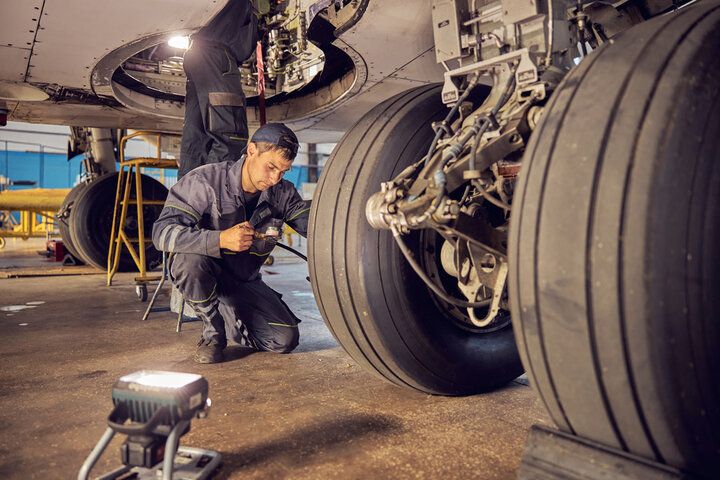
In the European aeronautical maintenance framework, EASA Part M constitutes the regulatory basis for the management of continuous airworthiness. Its aim is to ensure that any aircraft, from an Airbus A320 to a light helicopter, remains in safe flying condition throughout its entire operational life.
What is a CAMO?
A CAMO (Continuing Airworthiness Management Organization) is an organization approved by the aeronautical authority to manage, control, and supervise the airworthiness of registered aircraft. Unlike an AMO (Approved Maintenance Organization, Part-145), the CAMO does not perform physical maintenance: its role is to plan, coordinate, and verify that all tasks are performed in accordance with approved regulations and programs.
Main Part M requirements for a CAMO
Approval and manuals
The CAMO must have an approved CAME (Continuing Airworthiness Management Exposition), which describes its structure, procedures and responsibilities.
Maintenance Program
He is responsible for developing, managing and keeping up to date the Aircraft Maintenance Program (AMP), based on manufacturer's instructions and regulatory requirements.
Directives and Bulletins
The CAMO must evaluate and implement Airworthiness Directives (AD) and Service Bulletins (SB), ensuring compliance within the established deadlines.
Technical Logs
All maintenance activity must be supported by documentation. Part M requires the retention of complete, traceable records to demonstrate airworthiness in inspections or audits.
Airworthiness Reviews
The CAMO is authorized to carry out the Airworthiness Review and, in certain cases, issue or recommend the issuance of the ARC (Airworthiness Review Certificate).
Competent staff
It must have engineers and technicians with sufficient experience in aeronautical management, subject to recurrent training, especially in regulations, quality systems and human factors.

